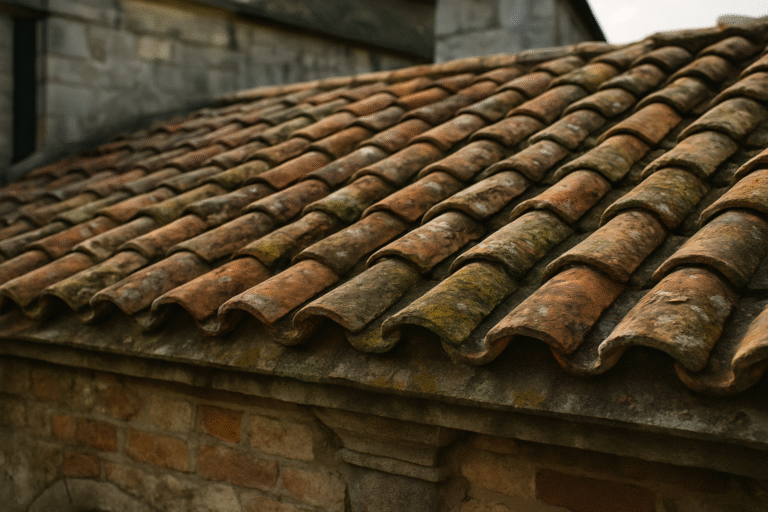
The Role of Reclaimed Tiles in Heritage Restorations
Preserving History, One Tile at a Time
When restoring a historic building, every detail matters—and the roof is no exception. Reclaimed clay roof tiles are often the unsung heroes of heritage restoration projects. They do more than just keep the rain out—they help preserve the visual and architectural legacy of a structure.
Why Reclaimed Tiles Are Essential
Using original or era-appropriate materials is critical for maintaining historical accuracy. Reclaimed tiles match the weathered textures, subtle color variations, and profiles found on older buildings—something new tiles often can’t replicate. Whether it’s a Ludowici mission tile from the 1920s or a handmade shingle from a 19th-century estate, these salvaged pieces allow restorers to stay true to the original craftsmanship.
Meeting Heritage Requirements
Many local heritage boards and preservation authorities require that roofing materials used in restoration be either original or closely matched to the existing roof. Reclaimed tiles check both boxes: they’re authentic and environmentally responsible. They also help buildings retain their historical designations and value.
More Than Just Looks
Reclaimed clay roof tiles aren’t just visually compatible—they’re built to last. Made from high-quality materials and time-tested, many reclaimed tiles have decades—or even centuries—of life left. That makes them ideal for projects where both durability and historical accuracy are required.
How We Help
At Northern Roof Tiles, we specialize in identifying and sourcing reclaimed tiles for heritage restoration projects across North America. With just a photo and a few dimensions, we can help match existing materials or locate the closest possible alternative. Our network includes suppliers and salvage partners throughout the U.S., Canada, and Europe.
Final Thoughts
Restoring a historic building is an act of respect—for the past, for craftsmanship, and for cultural identity. Using reclaimed roof tiles ensures the spirit of the structure is preserved, right down to the last detail.


